#grouse
Text
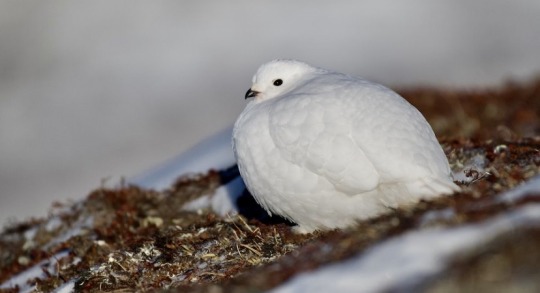
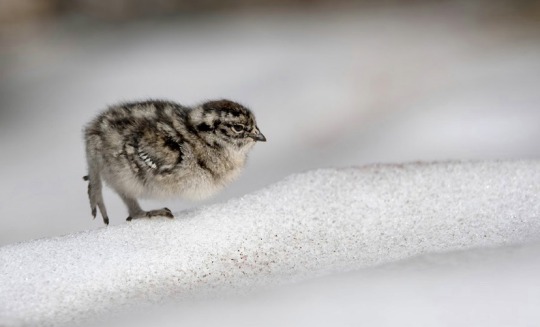


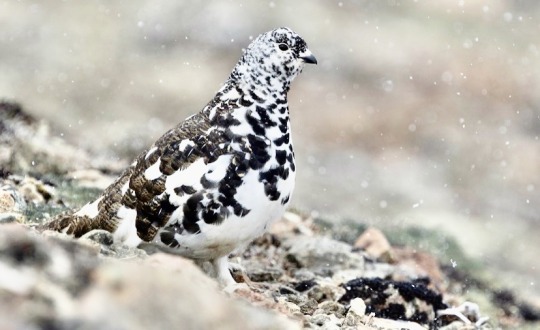

the white-tailed ptarmigan, also known as the snow quail, is a mountainous-dwelling bird and the smallest member of the grouse family. they are found at high altitudes in the continental united states, canada, and alaska. they have distinct ‘cryptic’ plumage, meaning that their plumage differs drastically throughout the year; during warm summers, they are speckled brown and black, going through an intermediary mottled phase before fully molting into their snow-white winter plumage. they primarily feed on insects and plant matter. their eggs are laid in a simple depression in the ground; the chicks are precocial and leave the nest soon after hatching.
#white tailed ptarmigan#snow quail#grouse#bird#birblr#Decembird#sorry for the lack of Decembird my house has covid :#))
4K notes
·
View notes
Text

Sprucie Saturday!
#i will find one of you you little bastards#spruce grouse#bird#bird art#birds#birding#grouse#nature art#illustration#artists of tumblr
3K notes
·
View notes
Text

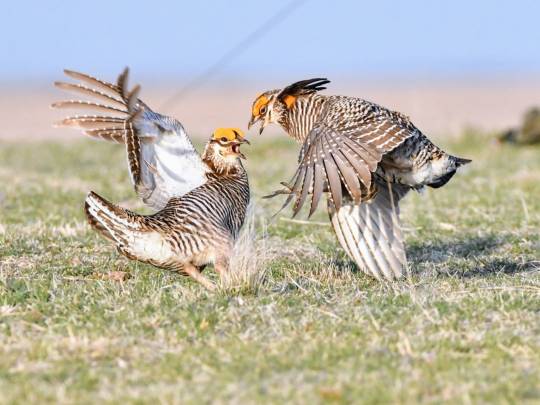

Greater Prairie Chickens (Tympanuchus cupido), displaying and engaged in ritual dance off-combat, family Phasianidae, order Galliformes, Phillips County, KS, USA
photograph by Tom Duncan
#prairie chicken#grouse#tympanuchus#galliformes#phasianidae#bird#ornithology#animals#nature#north america
673 notes
·
View notes
Text

male black grouse studies. these birds have such a good shape.
#animal art#artists on tumblr#sketches#art#drawing#pencil#sketch#traditional art#black grouse#grouse#study#bird#bird art
1K notes
·
View notes
Photo

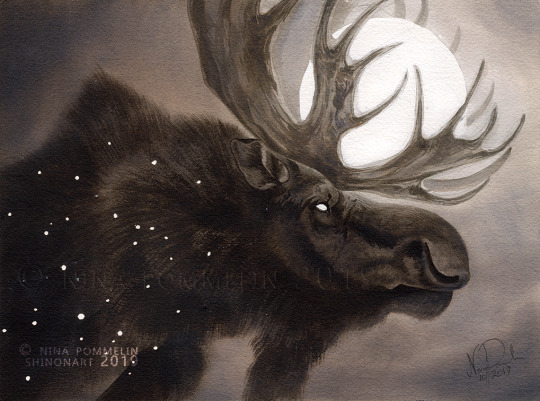

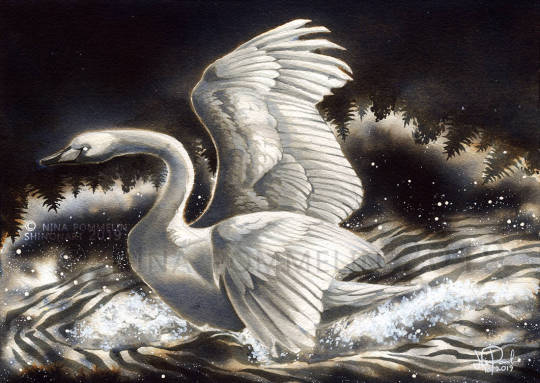



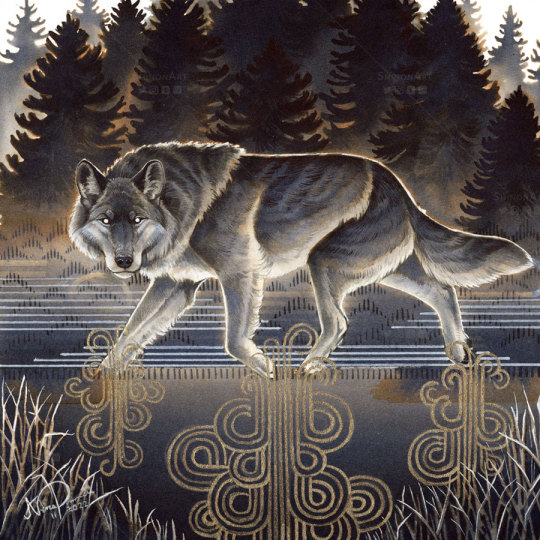
To celebrate my birthday here’s a few favourite pieces of mine! I feel that the OLD GODS series as a whole is something that I feel most proud of and that has helped me as an artist in so many ways.
OLD GODS art book
Find me and my art elsewhere!
#finnish mythology#mythology#folklore#pagan#paganism#pagan art#animal art#animals#wolf#hawk#grouse#bear#moose#eagle#viper#snake#ink painting#painting#traditional painting#artists on tumblr#old gods
2K notes
·
View notes
Text
Fireweed Grouse Collar 🐚🌌


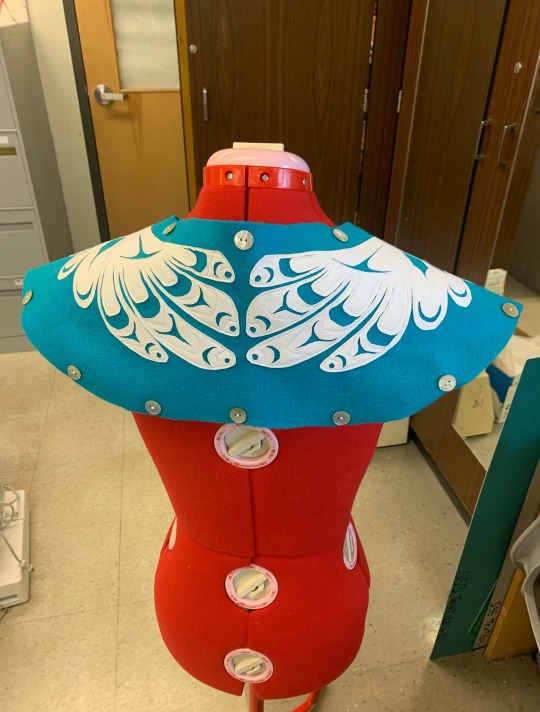
I made this collar/stole for my high school graduation this year; the two main symbols on it, the grouse and the fireweed, are two important beings to my clan I’m particular. The formline shapes and stitching is a little bit rough in some places as this was the first time I ever made something like this, but I am still very proud of how it turned out, and even prouder that I got to wear it during my graduation ceremony.
The collar is made from felt, ultrasuede, and abalone shell buttons, and took approximately two-three months to make.
#formline art#native art#indigenous art#regalia#indigenous clothing#blue#grouse#fireweed#telekitnetic art
3K notes
·
View notes
Text


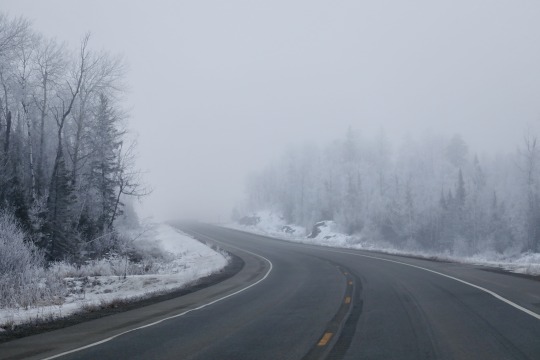


Foggy early morning in the North Woods of Minnesota
Taken February 2024
#minnesota#north woods gothic#forests#lonely roads#frost#snow#my photos#my places#sunrises#grouse#ruffed grouse#ntnav
247 notes
·
View notes
Text

Virginia Wildlife; vol. 31, no. 5. May, 1970. Cover illustration by John W. Taylor.
Internet Archive
185 notes
·
View notes
Text

day 10
today's bird is the ruffed grouse! (displaying)
- the ruffed grouse can consume bitter, toxic plant and high volumes of fibrous vegetation that other birds can't handle
- the ruffed grouse grows snowshoe-like projections off of its feet in the winter for help traversing through snow
200 notes
·
View notes
Text
Animal of the Day!
Rock Ptarmigan (Lagopus muta)

(Photo by Cameron Eckert)
Conservation Status- Least Concern
Habitat- Greenland; Iceland; Northern North North America; Northern Asia
Size (Weight/Length)- 600 g; 35 cm; 60 cm wingspan
Diet- Leaves; Flowers; Berries; Seeds; Plant buds
Cool Facts- The rock ptarmigan is one of the only birds to have the ability to change color. These grouse are brown in summer and slowly switch to white over a period of several weeks once snow begins to fall. Instead of migrating south when temperatures drop, rock ptarmigan shelter down and brave the storm. Unable to store large amounts of fat like other overwintering birds, rock ptarmigan are forced to constantly eat to stay warm. Males sport bright red eye combs that are used to gain mates. The brighter the color, the healthier the rock ptarmigan, and the more likely he is to pass on his genes.
Rating- 11/10 (I still have no idea how to pronounce their name.)
#animal of the day#animals#birds#grouse#wednesday#december 27#rock ptarmigan#ptarmigan#biology#science#conservation#the more you know
280 notes
·
View notes
Text


Ruffed grouse at five and ten days old
By: Arthur A. Allen
From: The Book of Bird Life
1961
197 notes
·
View notes
Text







the greater sage-grouse, also known as the sagehen, is north america’s largest grouse species. previously known simply as the sagegrouse, the original grouping has been divided into the greater sage-grouse and the gunnison’s sage-grouse. brushy sage steppe habitats are crucial to conservation of this species; during the majority of the year, their diet is over 60% composed of sage, and the species cannot live in habitats where sage isn’t found growing densely. this unusual bird is also known for complicated lek-based breeding rituals where the male inflates the yellow sacs on his chest to ‘boom’ and strut, sometimes for hours.
#greater sage-grouse#sagegrouse#sagehen#grouse#bird#birblr#thank you for the kofi request I love this bird :!#:)
2K notes
·
View notes
Text
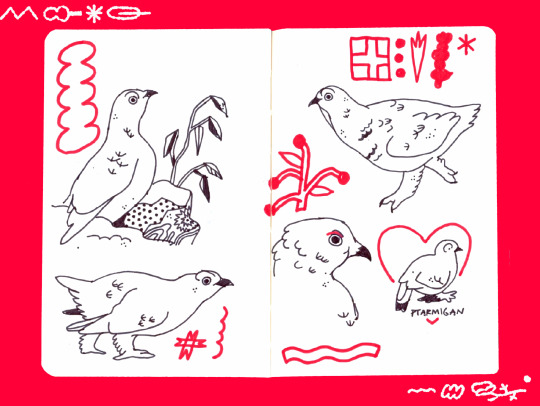
did you know ptarmigans will fly into snowbanks instead of walk so that it's harder for predators to track them?
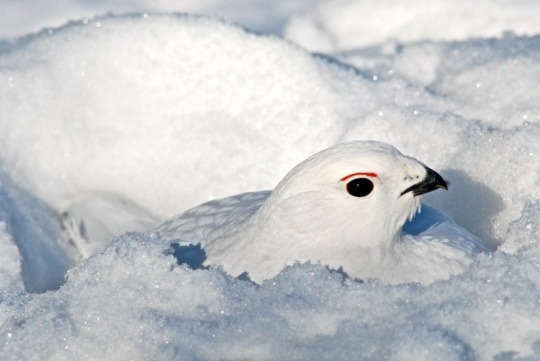
(📸 Kyle Thomas)
4K notes
·
View notes
Text
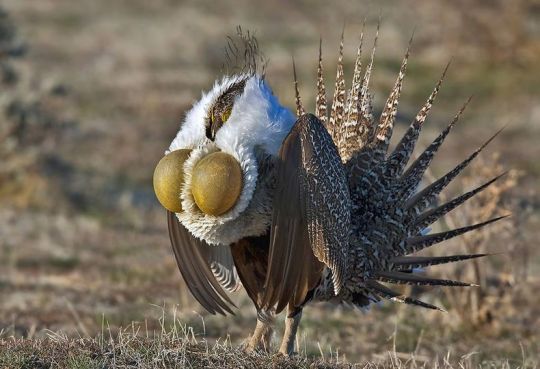
Greater Sage-Grouse (Centrocercus urophasianus), male courtship display, family Phasianidae, order Galliformes, Wyoming, USA
photograph by Alan D. Wilson
#sage grous#grouse#centrocercus#phasianidae#galliformes#bird#ornithology#animals#nature#north america
1K notes
·
View notes
Photo

Sharp-tailed grouse by André Bhérer
Sharp-tailed Grouse (Tympanuchus phasianellus)
664 notes
·
View notes
Text
BOTD: Ruffed Grouse

Photo: Susan Drury
"Although usually a solitary and retiring forest species, this small grouse makes itself noticeable through the male's persistent percussive displays. This amazing display begins atop a favored platform — usually a log, boulder, or stump — where the male Ruffed Grouse stands tall, braces backwards on his tail, and begins to fan the air by rotating his wings back and forth. This fanning motion creates a compression and release of air that produces a 'thump' sound. He starts slowly, but quickly accelerates the motion until his wings become a blur, producing a sound like a drumroll or distant motor that can be heard from as far away as a quarter-mile or more."
- American Bird Conservancy
#birds#ruffed grouse#birds of north america#north american birds#grouse#landfowl#birds of the us#birds of canada#birding#birdblr#birblr#bird watching#bird of the day#Bonasa umbellus
179 notes
·
View notes